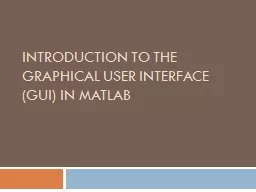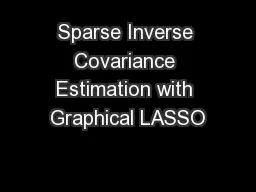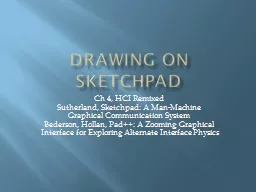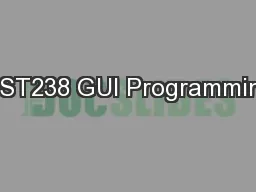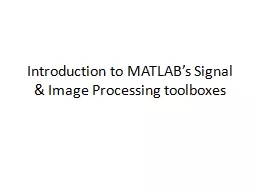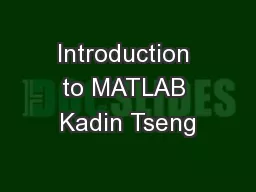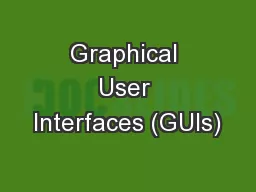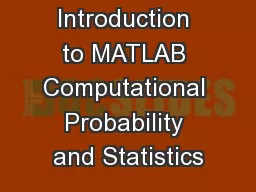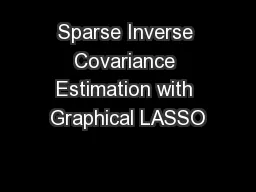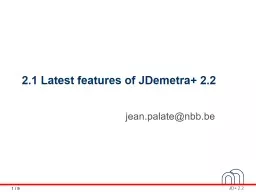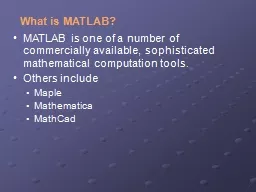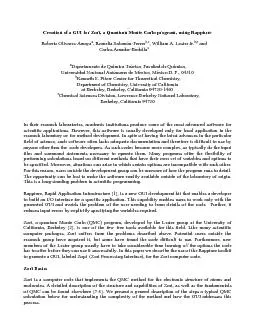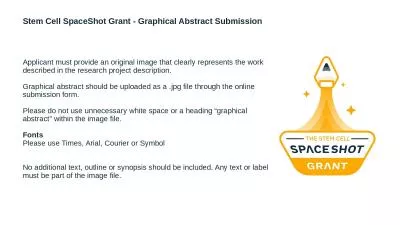PPT-Introduction to the Graphical User Interface (GUI) in MATLAB
Author : pamella-moone | Published Date : 2018-11-06
Video of the Week https wwwyoutubecomwatchvwSnx4VRewE What is a GUI Graphical User Interface What A pictorial based interface that uses menus buttons the mouse and
Presentation Embed Code
Download Presentation
Download Presentation The PPT/PDF document "Introduction to the Graphical User Inter..." is the property of its rightful owner. Permission is granted to download and print the materials on this website for personal, non-commercial use only, and to display it on your personal computer provided you do not modify the materials and that you retain all copyright notices contained in the materials. By downloading content from our website, you accept the terms of this agreement.
Introduction to the Graphical User Interface (GUI) in MATLAB: Transcript
Download Rules Of Document
"Introduction to the Graphical User Interface (GUI) in MATLAB"The content belongs to its owner. You may download and print it for personal use, without modification, and keep all copyright notices. By downloading, you agree to these terms.
Related Documents

